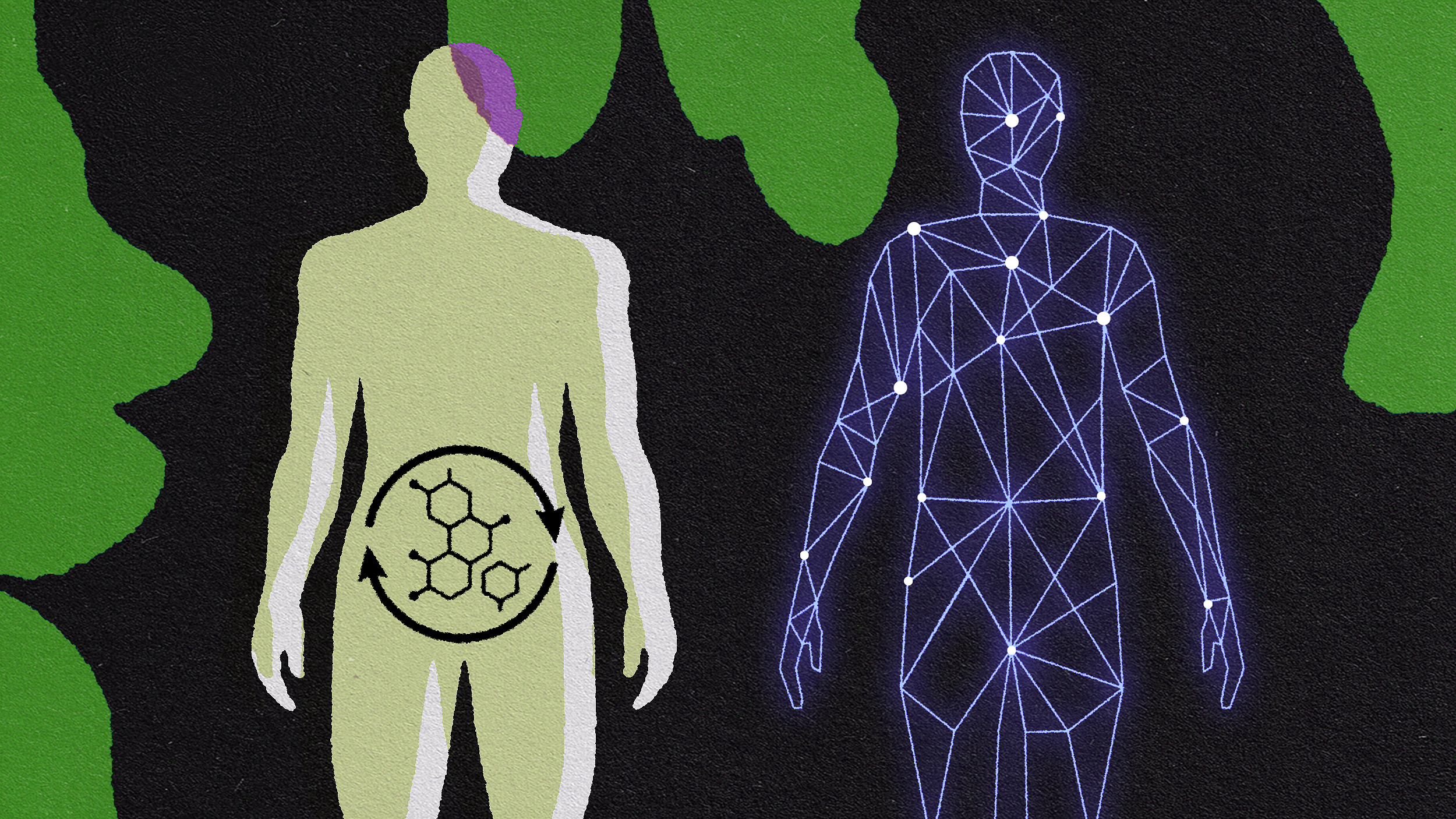We hold many misconceptions about exercise. For example, we believe our ancestors were incredibly strong, or that there is a tradeoff between speed and strength.
The worst myth is that it’s normal to be less physically active as you get older. But modern hunter-gatherers remain physically active as they age.
Humans need about 150 minutes of exercise per week to be healthy, but 80% of us aren’t getting even that. A good solution is simply walking more.
DANIEL LIEBRMAN: Oh, my gosh, there's so many myths about exercise, it's hard to know where to start. One myth is that our ancestors were really incredibly strong. That there's a trade-off between speed and strength. That it's normal to be less physically active as you get older. That there's a perfect type of exercise. Perfect amount of exercise. It's become really clear to me that a lot of people are exercised about exercise. So I wanted to write a book to try to debunk a lot of myths about physical activity and about exercise using the lenses of evolution and anthropology. If there's any one physical activity that humans evolved to do, it's to walk. Walking is the most fundamental basic form of human physical activity.
The average sort of hunter-gatherer will take 10, 15,000 steps a day. The average American before the pandemic was taking something like 4,700 and something steps a day. Only about 20% of Americans get the very minimum levels of exercise that every health organization in the world thinks is the minimum for an adult- which is 150 minutes a week. So 80% of us really struggle and fail to get very basic amounts of exercise, but almost everyone says that they want to get enough exercise. We live in a world where we no longer have to be physically active. We now, in a very strange way, have to choose to be physically active, and that's not so easy 'cause there were no ellipticals and other kinds of machines back in the Stone Age. If you wanna get your heart rate up you probably were running. And one of the biggest myths about running is that it'll destroy your knees.
There's tons and tons of studies, more than a dozen randomized, controlled-perspective, gold standard studies, which show that people who run more are not more likely to get arthritis. In fact, lots of research shows that physical activities like running actually cause your joints to repair themselves and to stay healthy. The other kinds of running injuries- I think that a lot of them are caused because we don't learn how to run properly anymore. I think running is a skill like swimming or throwing or, you know, all kinds of other things that we do. And the other thing is that when people run in other cultures, especially in the Stone Age, you know, they didn't run every day, and they weren't running on a regular basis, and they'd probably go running maybe once a week or something like that. So the idea that you go running five, six times a week for long distances on pavement, etc., these are all kinda weird, strange Western things, and there's nothing necessarily wrong with them but you have to learn how to do it properly. And you have to build up enough strength and learn the skills of running but let's not scare people off running.
I think the most pernicious, the most serious, the most problematic, the most concerning way in which we think about exercise in the Western world is that as people get older it's kind of normal to be less physically active. Americans, as we get older, know that strength declines rapidly. By the time people in their 60s and 70s, they're pretty frail, but hunter-gatherers remain fairly physically active as they age because they're doing stuff. They have to lift things and carry things and do stuff that keep them strong. And the end result is that they maintain that strength and that strength is important because one of the real serious, most pernicious issues of aging is a problem called 'Sarcopenia.' Sarco is "flesh" and penia is "loss"- so it's flesh loss. As people get older in the West, they tend to lose a lot of strength and power, and that makes basic tasks difficult. And when that happens, people become less active. When they become less active, they become less fit. And it kind of sets in motion a really disastrous, vicious cycle.
As we get older, strength training becomes more and more important so that we can avoid those losses of vigor that are really important to maintaining your health and staying strong and staying healthy as we age. We're a unique species, we evolve to live long after we stop reproducing. We often think about effects of physical activity on lifespan, how long you live. Before modern medicine, what determined how long you lived was actually how long you were healthy, your 'healthspan.' And so healthspan is really the key thing. And what physical activity does is it increases your healthspan and your healthspan therefore increases your lifespan. So as we get older, let's not cut back on the physical activity. Let's maintain it, do some strength, do some endurance. The evidence is incontrovertible. There's tons of data which show that as we get older, the more physical activity is really beneficial. And other studies have found the same thing- that physical activity, as you get older, is more important, not less important for preserving your health.
NARRATOR: Get smarter, faster with videos from the world's biggest thinkers. And to learn even more from the world's biggest thinkers, get Big Think+ for your business.







